Tomatoes are a popular and delicious vegetable, and when planting, many people are uncertain whether to choose grafted seedlings or native seedlings. In fact, these two types of seedlings have noticeable differences in root systems, disease resistance, yield, and cost. Understanding these differences will help you choose the seedling that suits your needs.
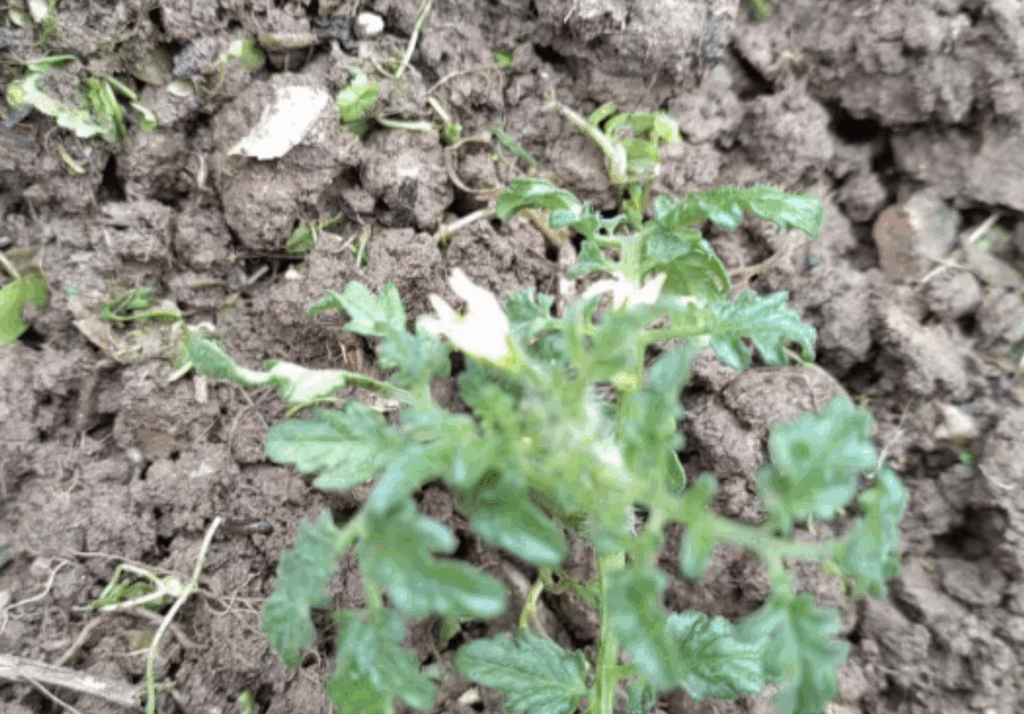
The root system of native seedlings is naturally developed. The appearance, depth, and spread of the roots are mainly determined by the tomato variety and are relatively fixed. Grafted seedlings, on the other hand, have the tomato scion (the upper part) grafted onto the rootstock of a strong wild tomato variety or a dedicated rootstock. These rootstocks have deep, extensive roots with many side roots, allowing grafted seedlings to absorb more water and nutrients.
In terms of growth, native seedlings grow steadily and in line with the characteristics of the variety. Grafted seedlings, supported by the rootstock, grow more vigorously, with thicker stems and lush leaves. After being planted in the soil, they adapt to the new environment more quickly and can enter the growth and fruiting stages earlier.
Additionally, the soil harbors many harmful agents, such as wilt disease, bacterial wilt, root knot nematode disease, and other soil-borne diseases. Once a tomato seedling is infected, it is difficult to cure. Native seedlings have weaker resistance to these diseases and are particularly prone to infection in areas with continuous cropping or poor soil conditions. In severe cases, the entire plant may die, affecting the harvest. Grafted seedlings, however, benefit from rootstocks that are naturally resistant to these soil-borne diseases, essentially providing the tomato plant with armor, greatly reducing the likelihood of disease. For instance, grafting onto a rootstock resistant to nematodes can prevent damage to the tomato roots.
When it comes to yield, grafted seedlings grow more robustly and resist diseases, allowing them to maintain strong growth for a longer period. This results in more fruit and heavier individual tomatoes, with overall yields that can be 20% to 50% higher than native seedlings, or even more. Additionally, grafted seedlings are better at absorbing nutrients, so the fruits receive sufficient nourishment, resulting in uniform size, bright color, and attractive appearance. In terms of taste, there is generally little difference between grafted and native seedlings, though if the rootstock and scion combination are not well-matched, there may be slight changes in sweetness or acidity. However, selecting the right combination can avoid this issue.
In terms of cost, native seedlings are easy to cultivate, with cheap seeds and lower overall expenses mainly spent on purchasing seeds, seedling facilities, and daily management. Grafted seedlings, however, are more complex to produce. In addition to purchasing scion seeds, you must also buy specialized rootstock seeds. Grafting requires skill and labor, and the seedlings need special care afterward. As a result, the cost is higher, and the price is typically 2 to 3 times that of native seedlings, leading to higher upfront investment.
In summary, if the soil is prone to soil-borne diseases, you want higher yields, and you have sufficient funds, grafted seedlings are a good choice. If the soil is healthy, the planting scale is small, you want to save money, and prefer the original flavor of tomatoes, native seedlings are more suitable.

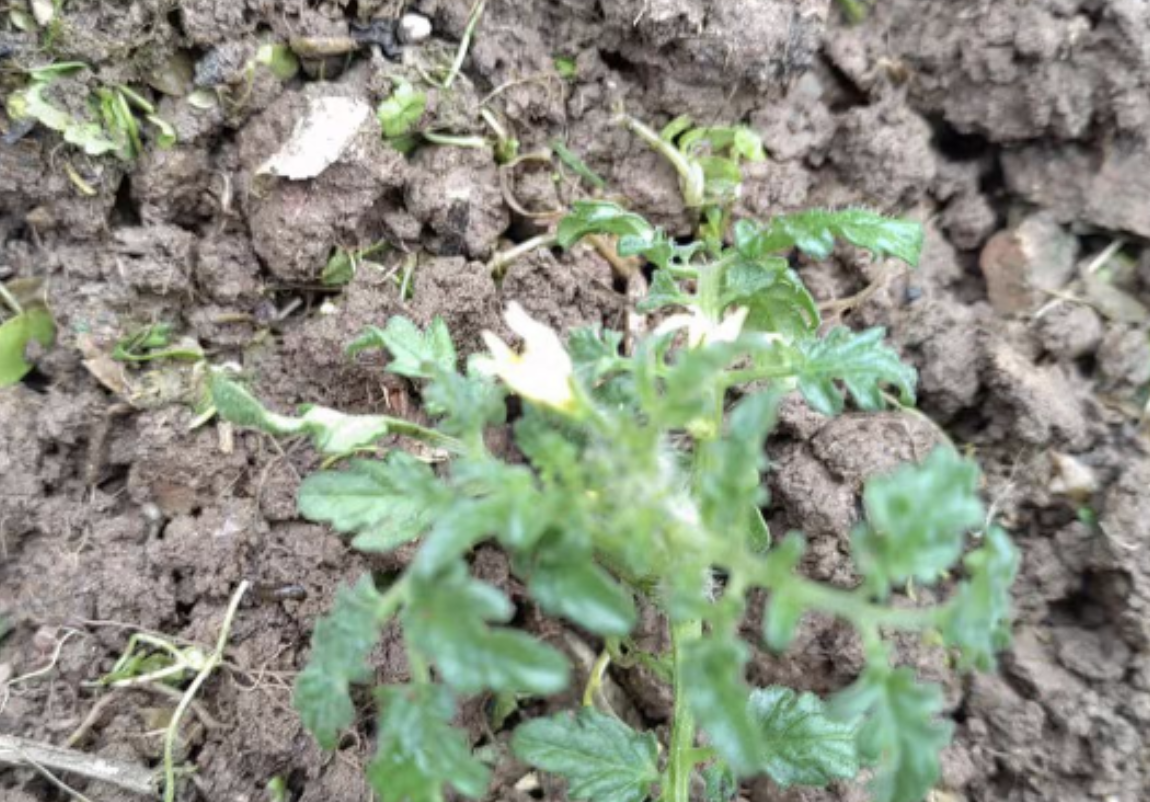
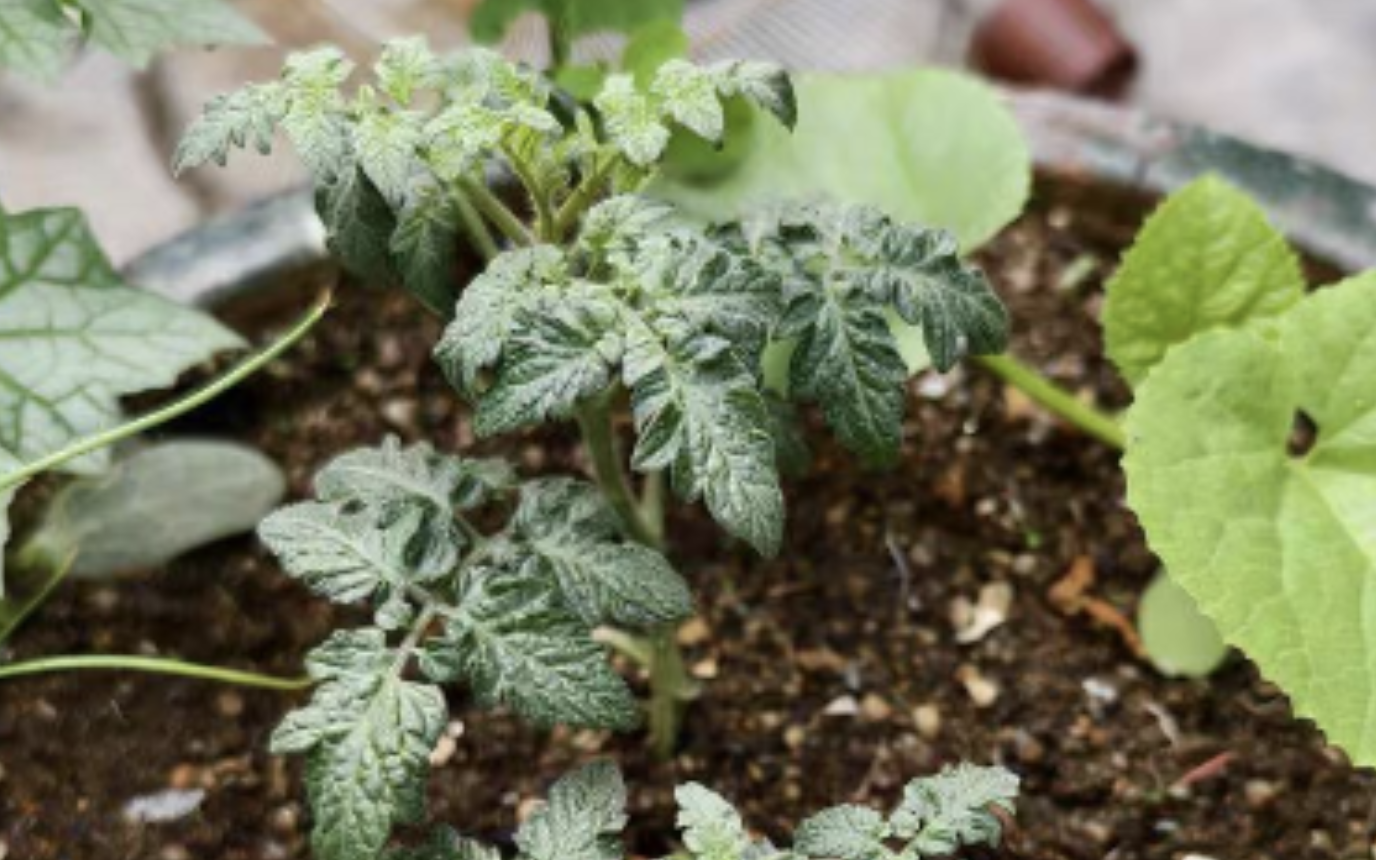
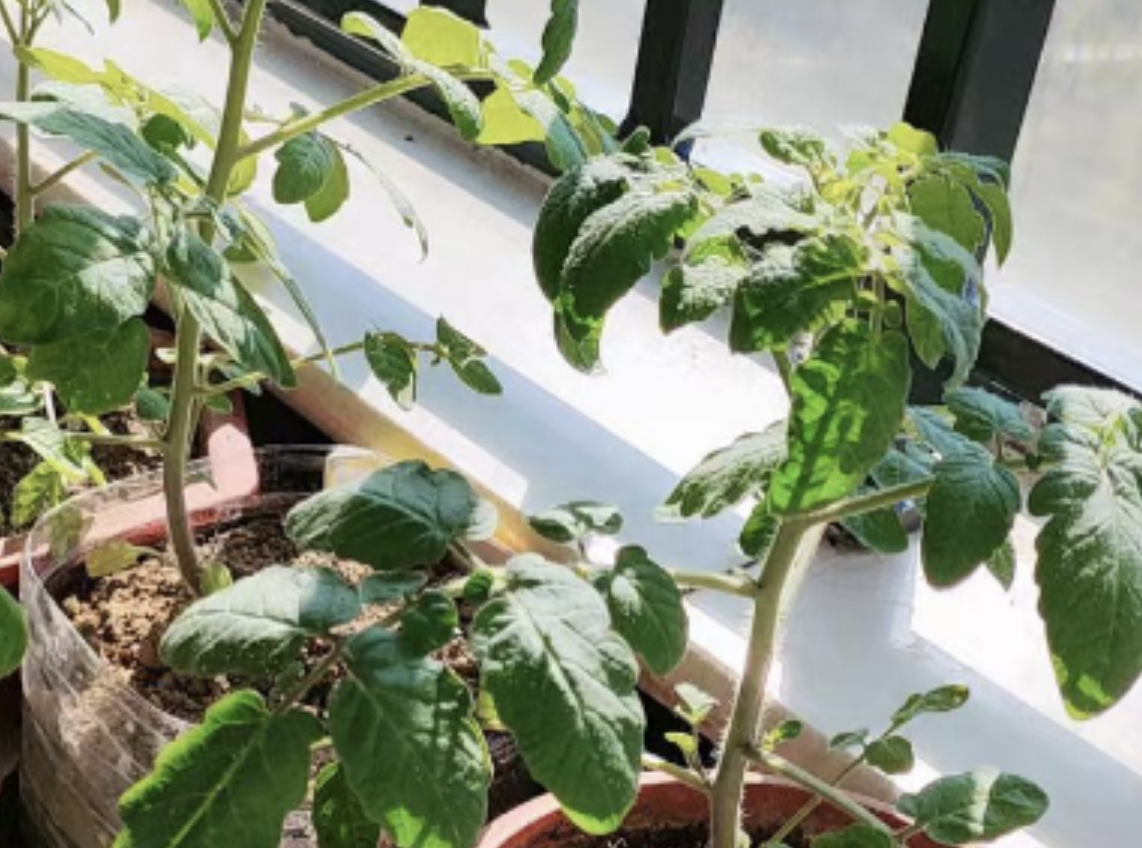
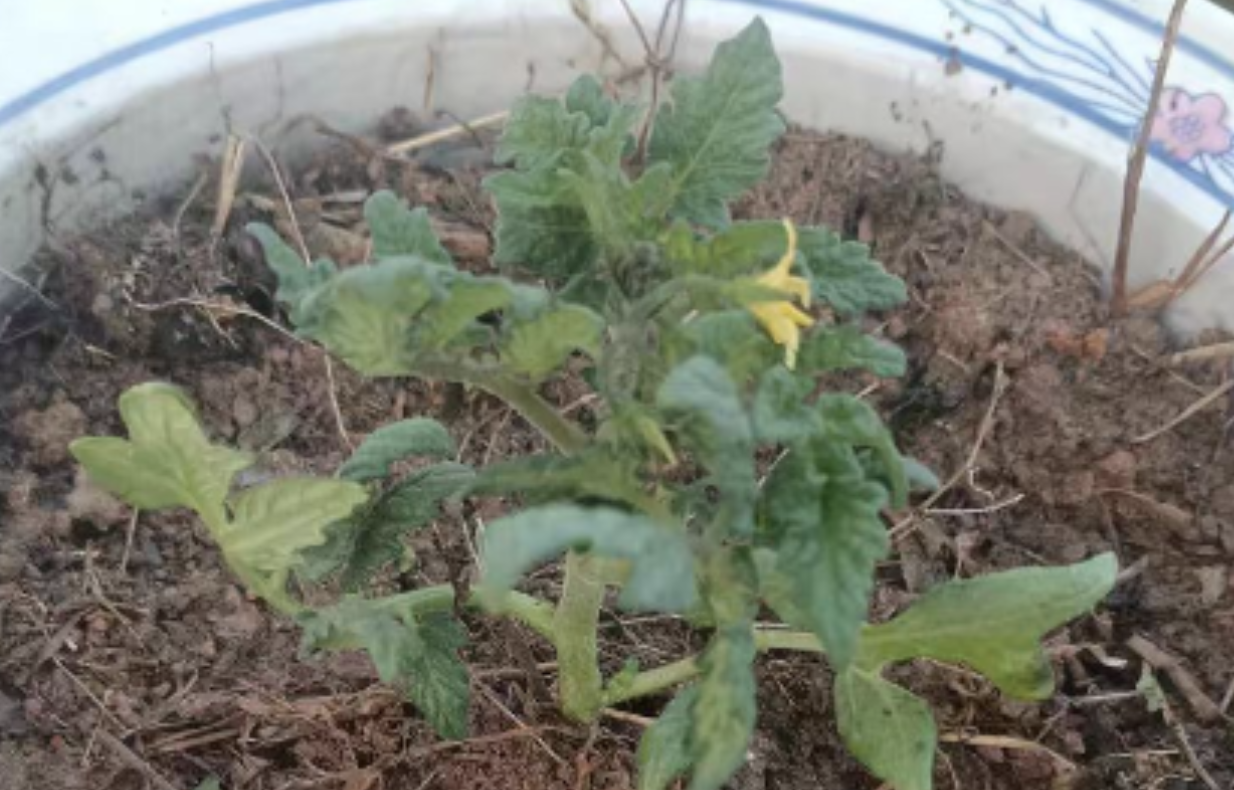
Leave a Reply